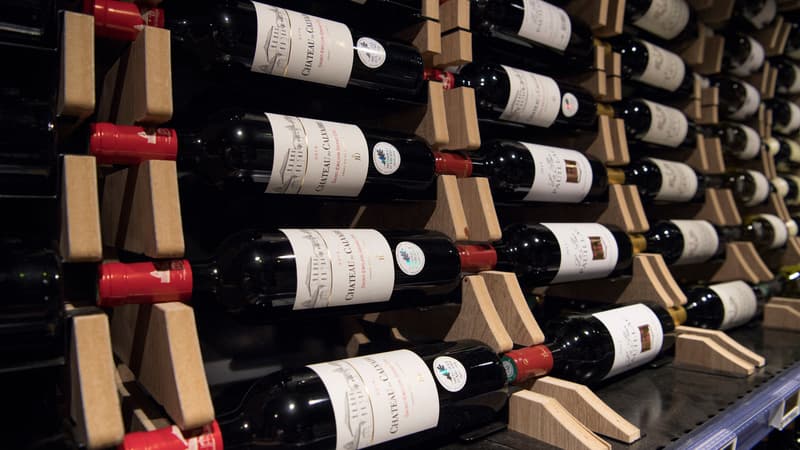Is this wine high in calories? Does it contain added sugars? Are additives and preservatives used in its composition? As of December 8, our bottles must provide this information to consumers.
More than 40 years have passed since the appearance of the first European standards on the labeling of the composition and nutritional value of food products that wine producers have been fighting to avoid this regulation.
While national regulations on the labeling of alcoholic beverages have multiplied in the EU countries, with the long-term risk of creating trade barriers between States, the European Commission has decided to opt for standardization.
In 2021, the Commission took advantage of the revision of the regulation on the common organization of the markets of agricultural products (known as the “CMO”) to introduce from December 8, 2023 the obligation of a list of ingredients and a nutritional table for the came. .
No Nutri “F” Rating
Specifically, the bottles must indicate, in addition to the grape and the grape must, the different ingredients that make up the drink, such as added sugars (sucrose), eventual additives such as preservatives and other stabilizers. The famous E334, E330 or even E270, which are flavor-enhancing acids, could appear on the bottle labels.
An obligation against which winemakers have undone for years. Last year, Italian producers even wrote to President Macron to prevent the introduction of a Nutri-score in wine as in food products and for which all wines would have obtained the “F” rating. Finally, there will be no Nutri-score.
Setting up a Nutri-score would not have made much sense for the wine.
In addition, professionals in the sector have obtained other concessions. Specifically, the list of ingredients may be indicated in a dematerialized way and the nutritional declaration may be limited to the energy value on the labeling, as long as it is fully accessible, in a dematerialized way. The sector seems to be moving towards the use of QR codes to be printed on the bottles.
Producers will probably go with this option to avoid pointing out the different ingredients directly to the consumer, especially the “E” which are often misperceived.
Finally, bottles that do not have this screen can still be sold for 2 years.
Source: BFM TV


